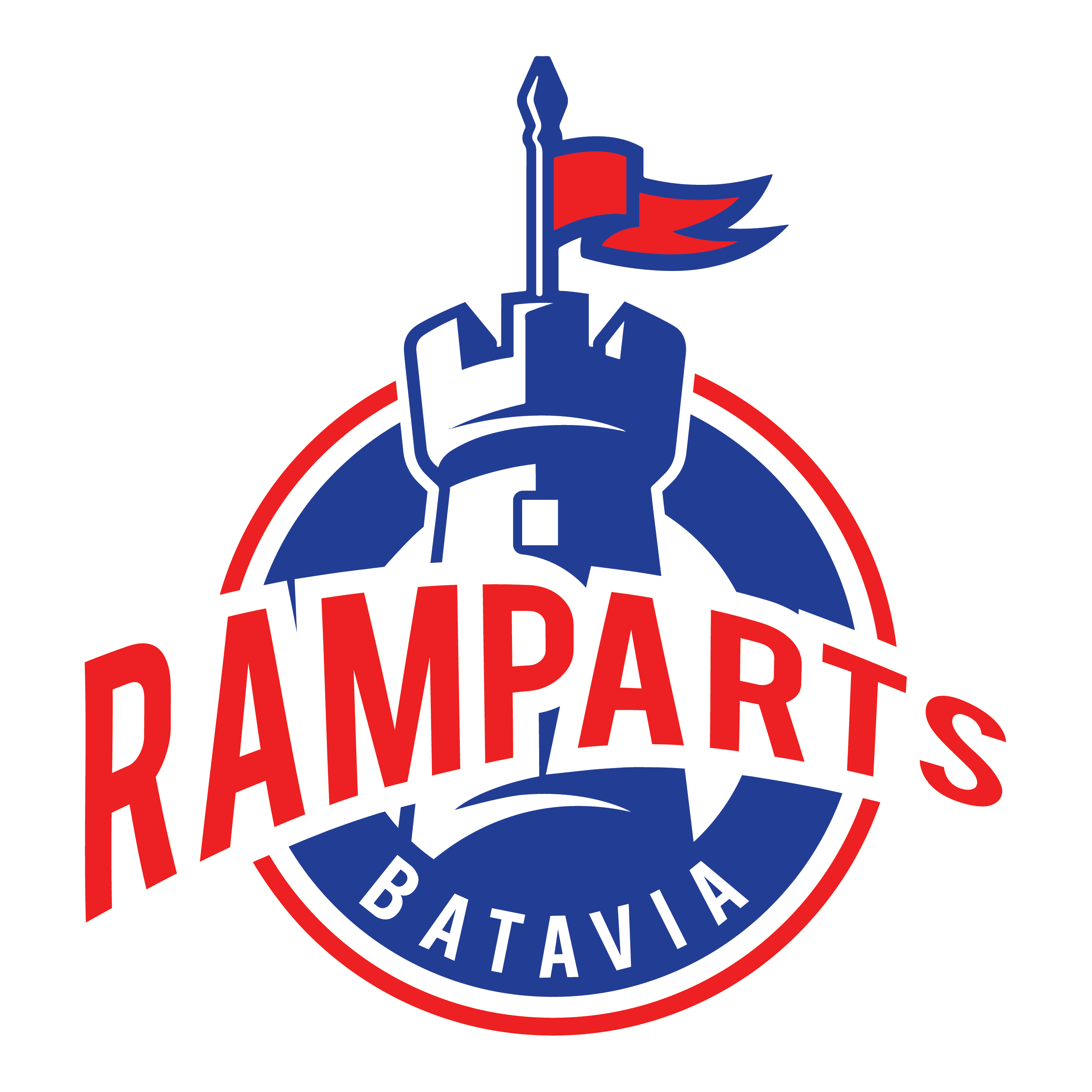WNY Tier III
In Western New York, Tier III hockey is a competitive level of play for youth hockey players aged 18 and under in the Western New York Amateur Hockey Association (WNYAHL). Teams are selected through tryouts held in March and April, and can be major, minor, or mixed. Teams may also play in a state tournament in the spring.
The purpose of the WNYAHL (Western New York Amateur Hockey League) is to provide structured, competitive hockey for youth players in Western New York, emphasizing fair play, sportsmanship, and adherence to rules.
Teams must be in good standing with USA Hockey and NYSAHA including paying dues, participating in league meetings and adhering to league rules. Good standing provides each member association voting rights within the league.
- Divisions: The league is divided into multiple age classifications:
- 8 & Under (Mite)
- 10 & Under (Squirt)
- 12 & Under (Pee Wee)
- 14 & Under (Bantam)
- 16 & Under (Midget Minor)
- 18 & Under (Midget Major)
- Girls' Divisions: Similar age classifications are available for girls' teams.
WNY Tier III teams
The Western New York Amateur Hockey League (WNYAHL) operates under the governance of USA Hockey and the New York State Amateur Hockey Associations (NYSAHA). The league emphasizes the importance of structured play, fair competition, and adherence to established rules and regulations. GAHA is offering the following WNY Tier III teams for the 2024-2025 season.
10U Squirt III
Coached by: Nick Harris
12U Pee Wee III A
Coached by: Ivo Leetmaa
12U Pee Wee III AA
Coached by: Tim Sprague
The tier system in youth hockey is a way to categorize teams based on their level of skill and competition. This system is often used to ensure that teams compete against others of similar ability, providing a more balanced and fair playing environment.
Overview of the Tier System
- Tier 1 (AAA)
- Highest Level of Competition: Teams in Tier 1 are typically composed of the most skilled players in a region.
- Focus: These teams often participate in national tournaments and compete against other top teams from around the country.
- Commitment: Tier 1 requires a significant time commitment, with extensive travel and more frequent practices and games.
- Tier 2 (AA)
- Intermediate Level: Tier 2 teams are competitive but not as elite as Tier 1. The players are still highly skilled, but the competition level is slightly lower.
- Competition: Teams compete in regional leagues and may participate in national tournaments, but the focus is more on regional play.
- Commitment: Tier 2 still requires a considerable time commitment, but it is typically less intense than Tier 1.
- Tier 3 (A)
- Developmental Level: Tier 3 teams are generally less competitive than Tiers 1 and 2 and are focused on developing players' skills.
- Focus: The emphasis is on learning and improvement, with players often preparing to move up to higher tiers.
- Commitment: The time commitment is lower, with less travel and fewer practices compared to the higher tiers.
Application in WNYAHL
- No Tier Recognition Until 12U: In the Western New York Amateur Hockey League (WNYAHL), the tier system is not recognized until the 12U (Pee Wee Major) age level. This means that younger players are not categorized into tiers, allowing for broader participation and development without the pressure of being in a specific tier.
- Division Placement: Starting at 12U, teams can be categorized into Tiers 1, 2, or 3 based on their competitive level. Teams are placed in appropriate divisions to ensure they compete against others with similar skill levels.
- Tournament Bound Teams: At the 12U level and above, teams that are designated as "Tournament Bound" can compete for state and national championships. These teams must meet specific criteria, including roster composition and game requirements, to qualify for tournaments.
Purpose of the Tier System
- Fair Competition: By categorizing teams into tiers, the league ensures that games are competitive and fair, reducing the likelihood of mismatched skill levels leading to unbalanced games.
- Player Development: The tier system allows players to develop at a pace that suits their current skill level, providing appropriate challenges and opportunities for growth.
- Progression: Players can progress through the tiers as their skills improve, moving from Tier 3 to Tier 2, and potentially to Tier 1 as they develop.
This system creates a structured environment where players can thrive at their own pace, while also allowing for high-level competition as they advance.
